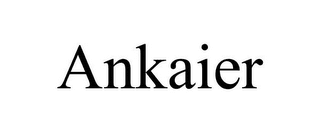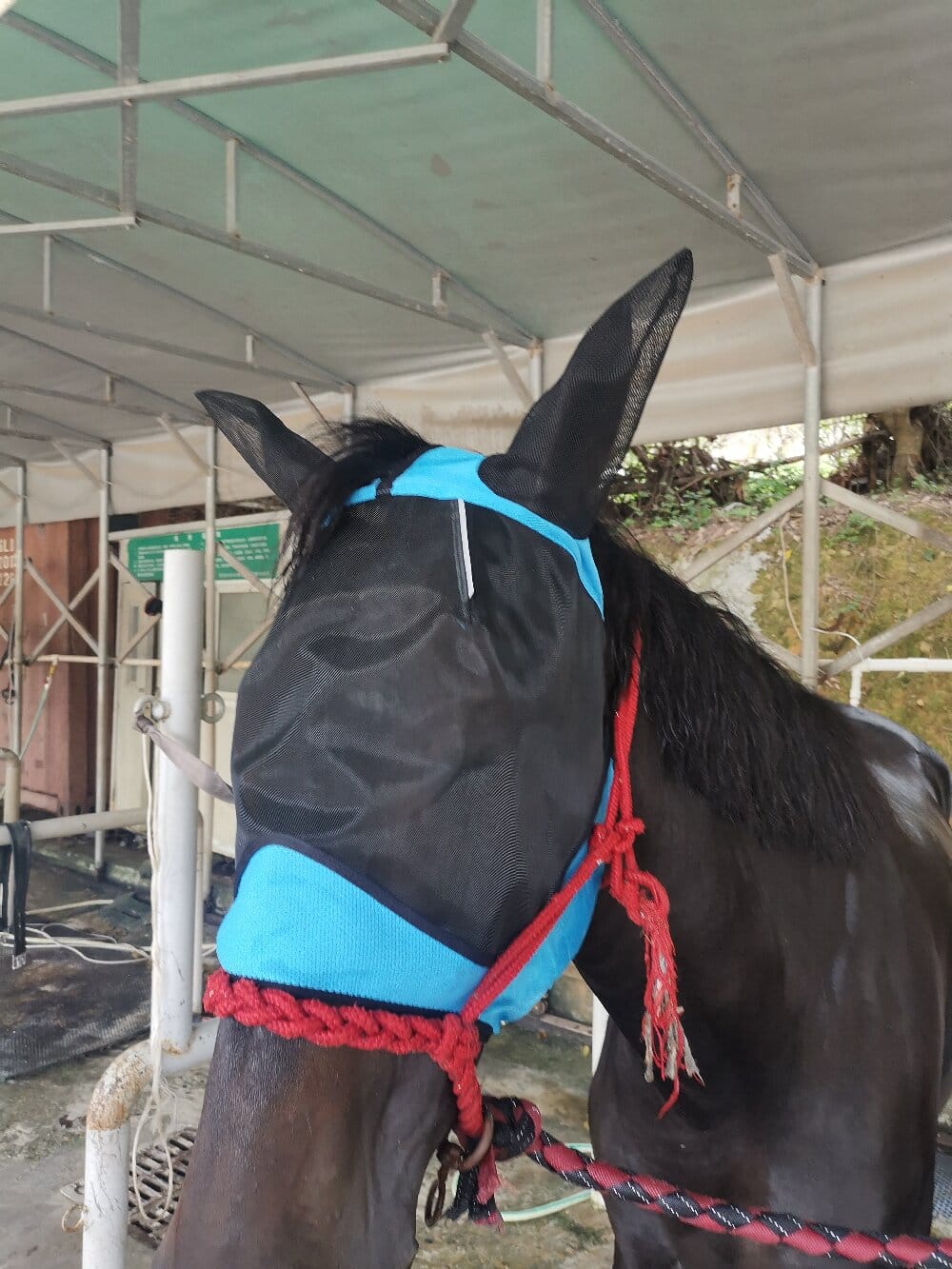Deciding to use a horse fly mask was one of the best management choices I’ve made for my horse’s comfort and well-being. Before I started using one, I’d watch my gelding spend his summer days in a constant state of agitation, swishing his tail, shaking his head, and stomping his feet to ward off relentless flies. It wasn’t just about annoyance; it was about the skin infections from constant biting, the potential for eye issues, and the sheer stress that prevented him from grazing peacefully. A quality fly mask for horses became an essential piece of his turnout gear, not an optional accessory. It’s a simple barrier that provides immense relief, protecting his eyes, ears, and face from the most persistent pests.
More Than Just Bug Protection: The Key Benefits
The primary job of any fly protection is, of course, to keep insects away. But the benefits I’ve observed go much deeper. The fine mesh screen acts as a physical barrier against gnats, black flies, and house flies, preventing them from biting sensitive areas around the eyes and muzzle. This directly translates to less stomping and head-tossing, which means my horse conserves energy and is less likely to develop leg problems or self-inflicted injuries. Furthermore, many modern fly masks offer excellent UV protection, which is crucial for horses with pink skin or those prone to sunburn. It’s a multi-functional tool that addresses several summertime health concerns in one.
Navigating the Choices: Finding the Right Fit and Features
Walking into a tack shop or browsing online for fly gear can be overwhelming. I’ve learned that the most important factor is a proper fit. A mask that is too tight can rub and cause bald spots, while one that is too loose can slip, obscure vision, or even get caught on something. I always look for a mask with soft, flexible material around the eyes and ears, adjustable straps, and a comfortable nose cover if needed. Here are the key features I consider essential:
- Durable, Soft Mesh: It must be tough enough to withstand pasture life but soft enough not to chafe.
- Secure Fasteners: Velcro that stays closed but is easy for me to open. I always check the leg straps for hindquarter masks to ensure they are safe and breakaway.
- Full Visibility: The eye panels must be clear and not distort my horse’s vision, which is vital for his safety in the herd.
- UV Protection: I look for a mask that explicitly states it offers protection from harmful ultraviolet rays.
A Step-by-Step Guide to Introducing a Horse Fly Mask
Introducing a new piece of equipment requires patience. The first time I put a fly mask on my horse, I made sure he was calm and comfortable. I let him sniff the mask first, then gently placed it over his eyes, fastening the straps without pulling them too tight. I made sure the forelock and mane were lying flat and not trapped under any straps. It’s crucial to monitor him for the first hour to ensure he accepts it and it stays in place correctly. Some horses take to it immediately, while others may need a few short, supervised sessions to get used to the feeling.
Daily Care and Maintenance for Longevity
To make any fly mask last through the season and beyond, a simple care routine is a must. I make it a habit to remove the mask daily to check for any dirt, debris, or signs of rubbing. This daily check also allows me to inspect his eyes and face for any issues. For cleaning, I typically hose off the mask to remove dust and then hand-wash it with a mild soap every couple of weeks, letting it air dry completely. Storing it in a cool, dry place when not in use prevents the elastic and Velcro from degrading. This small amount of maintenance ensures the mask remains effective and comfortable for my horse.
My Final Thoughts on Equine Fly Protection
Investing in a well-fitting, functional horse fly mask has profoundly improved my horse’s quality of life during fly season. It’s a small expense that prevents bigger veterinary bills related to eye injuries, skin infections, and stress-induced problems. By understanding the benefits, choosing the right features, and committing to proper fit and care, you can provide your equine partner with the comfort they deserve. Seeing my horse grazing peacefully, free from the torment of flies, confirms that this simple piece of gear is an indispensable part of responsible horse ownership.

